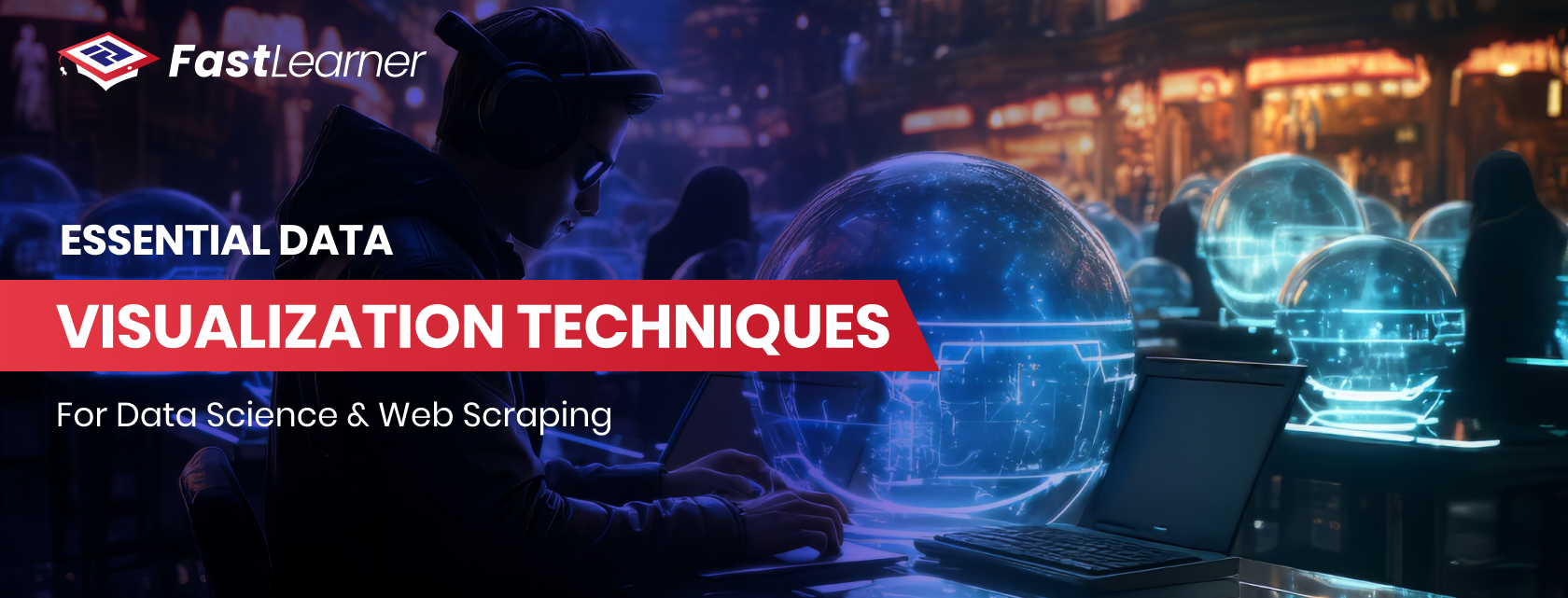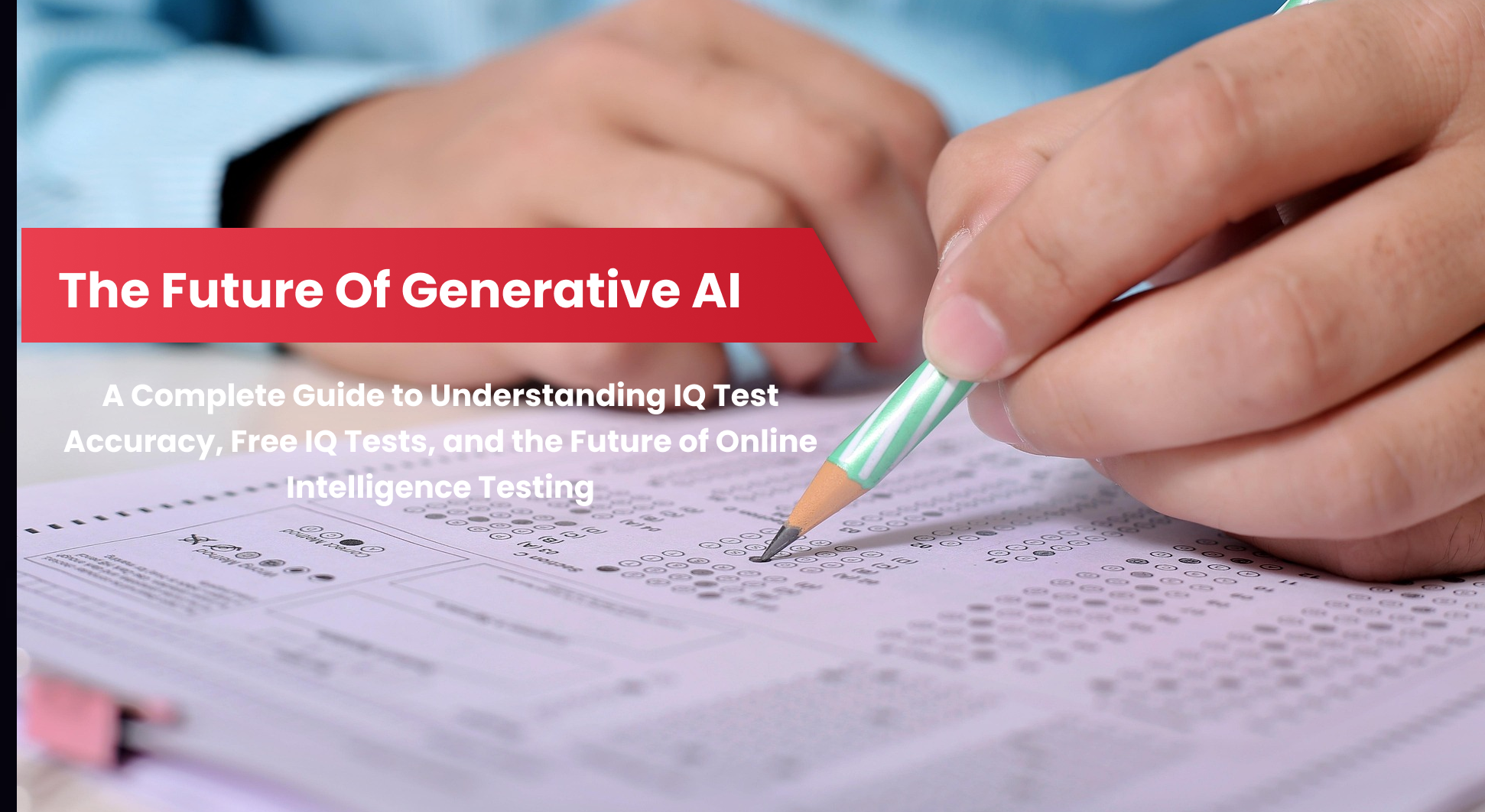Every day, 2.5 quintillion bytes of data are created, yet 90% of it remains unstructured and difficult to interpret. The ability to transform this overwhelming sea of raw data into meaningful insights is what sets successful data scientists and analysts apart.
Whether you’re analyzing trends in data science or extracting valuable insights from web scraping, mastering data visualization techniques is the key to making your data tell a story.
In this blog, we’ll explore the most effective visualization methods that not only simplify complex datasets but also empower you to make data-driven decisions with confidence. Ready to turn your data into actionable insights? Let’s dive in.
Key Takeaways - Data Visualization Techniques
- Data visualization techniques are essential for simplifying complex datasets in data science and web scraping.
- Common types of data visualization techniques include bar charts, line graphs, scatter plots, heatmaps, and tree maps.
- Big data visualization techniques help analyze and present large datasets effectively, especially in web scraping.
- Tools like Matplotlib, Seaborn, and Tableau are invaluable for creating impactful visualizations.
- Mastering these techniques is crucial for anyone looking to excel in data science or web scraping.
What Are Data Visualization Techniques?
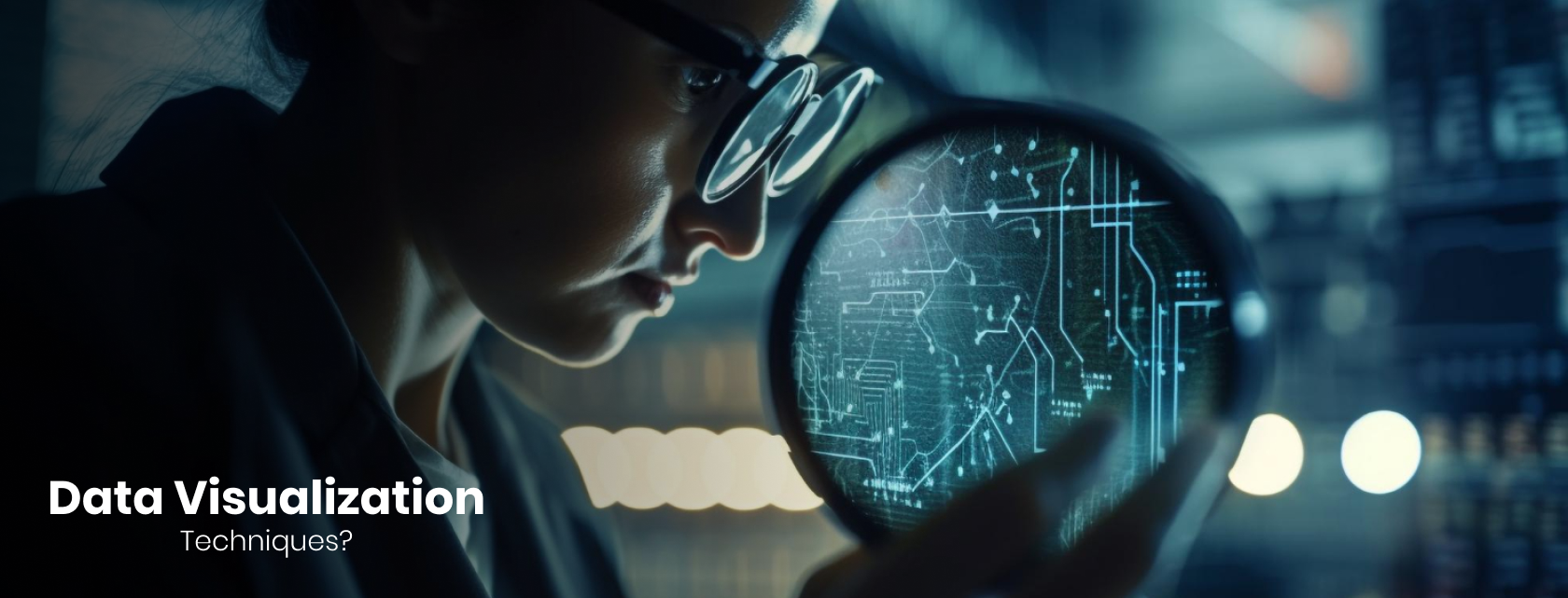
What are data visualization techniques, and why are they so important? Simply put, these techniques are methods used to represent data visually, making it easier to understand patterns, trends, and insights. In the world of data science, where massive datasets are analyzed daily, these techniques are indispensable.
For web scraping, where raw data is often unstructured, visualization helps transform the extracted information into actionable insights. Whether you’re analyzing customer behavior, tracking market trends, or presenting findings to stakeholders, mastering data visualization techniques is a must-have skill.
Top Data Visualization Techniques for Data Science
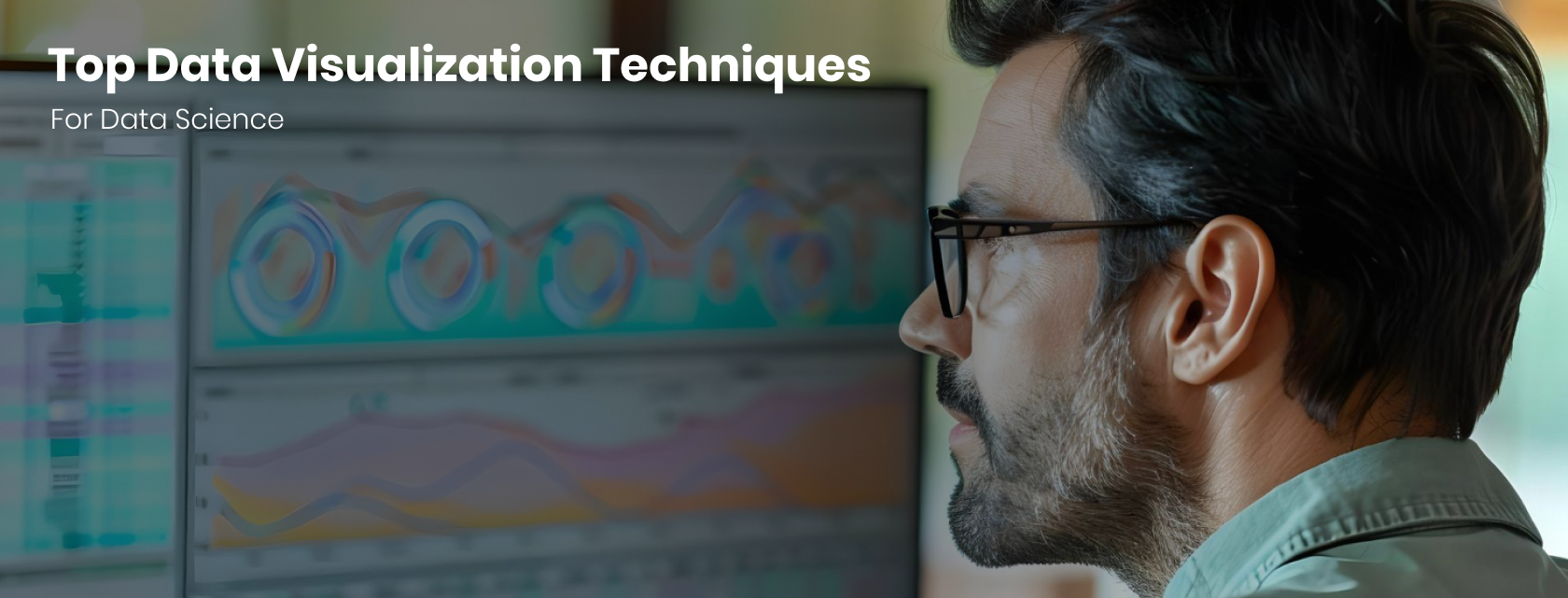
When working with data, choosing the right visualization method is crucial. Here are some of the most effective types of data visualization techniques used in data science:
- Bar Charts and Histograms
- Bar charts are perfect for comparing categories, while histograms are ideal for showing frequency distributions.
- Example: Use a bar chart to compare sales across regions or a histogram to analyze customer age distribution.
- Line Graphs
- Line graphs are excellent for visualizing trends over time.
- Example: Track website traffic over months or monitor stock price changes.
- Scatter Plots
- Scatter plots are used to identify relationships between two variables.
- Example: Analyze the correlation between marketing spend and revenue.
- Heatmaps
- Heatmaps use color to represent data density or intensity, making them great for identifying patterns.
- Example: Visualize user activity on a website or sales performance across regions.
- Tree Maps
- Tree maps display hierarchical data as nested rectangles, making them ideal for showing proportions.
- Example: Use a tree map to visualize market share by product category.
These techniques of data visualization are essential for simplifying complex datasets and presenting them in a way that’s easy to interpret.
Data Visualization Techniques for Web Scraping
Web scraping often involves extracting large amounts of unstructured data. To make sense of this data, you need effective big data visualization techniques. Here’s how you can visualize web-scraped data:
Use Python Libraries
- Tools like Matplotlib, Seaborn, and Plotly are excellent for creating visualizations from scraped data.
- Example: After scraping e-commerce data, use Seaborn to create a heatmap of product prices across categories.
Interactive Dashboards
- Platforms like Tableau or Power BI allow you to create interactive dashboards for presenting scraped data.
- Example: Build a dashboard to display real-time stock prices scraped from financial websites.
Word Clouds
- Word clouds are great for visualizing text data, such as customer reviews or social media comments.
- Example: Create a word cloud to highlight the most common words in product reviews.
By combining hands-on web scraping with Python and these visualization techniques, you can turn raw data into meaningful insights that drive decision-making.
Best Practices for Using Data Visualization Techniques
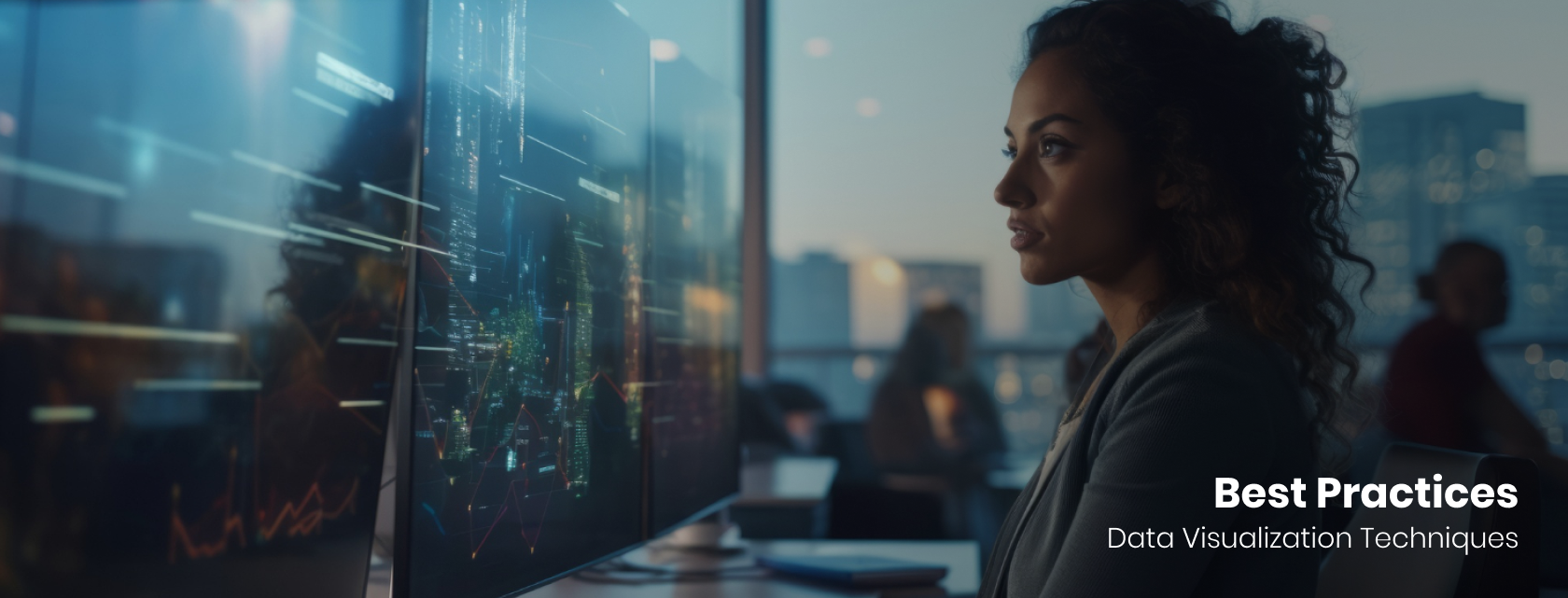
To get the most out of your data visualization techniques, follow these best practices:
Choose the Right Visualization
- Match the visualization to your data type and the story you want to tell. For example, use a line graph for trends and a scatter plot for correlations.
Keep It Simple
- Avoid cluttering your visualizations with too much information. Simplicity ensures clarity.
Use Consistent Scales and Colors
- Consistent scales and color schemes make your visualizations easier to interpret.
Label Everything Clearly
- Always include clear labels, titles, and legends to help your audience understand the data.
Test Your Visualizations
- Before presenting, test your visualizations with a small audience to ensure they’re easy to understand.
By following these tips, you can create visualizations that are not only visually appealing but also highly effective in communicating your insights.
Conclusion - Data Visualization Techniques
Mastering data visualization techniques is a game-changer for anyone working in data science or web scraping. These techniques allow you to transform raw data into clear, actionable insights that drive better decisions. Whether you’re just starting your journey with an Introduction to Data Science & Web Scraping with Python, the ability to visualize data effectively is a skill that will set you apart.
Start practicing these techniques today and watch your data analysis skills soar. Fast Learner is an AI-assisted learning platform that enables you to learn about all the latest techniques in IT and Data Science. Sign up now and start learning.
FAQs About Data Visualization Techniques
The five common data visualization techniques include bar charts, line graphs, scatter plots, heatmaps, and tree maps. Each technique is used to represent data visually, making it easier to identify patterns, trends, and relationships.
Visualization techniques are methods used to represent data or information visually, such as through charts, graphs, or maps. These techniques help simplify complex data and make it easier to interpret and communicate insights effectively.
Data visualization is the process of representing data graphically using charts, graphs, or other visual tools. It helps transform raw data into meaningful insights, making it easier to understand and analyze.
The five stages of visualization are data collection, data preparation, choosing the right visualization method, creating the visualization, and interpreting the results. Each stage ensures the data is effectively transformed into actionable insights.
